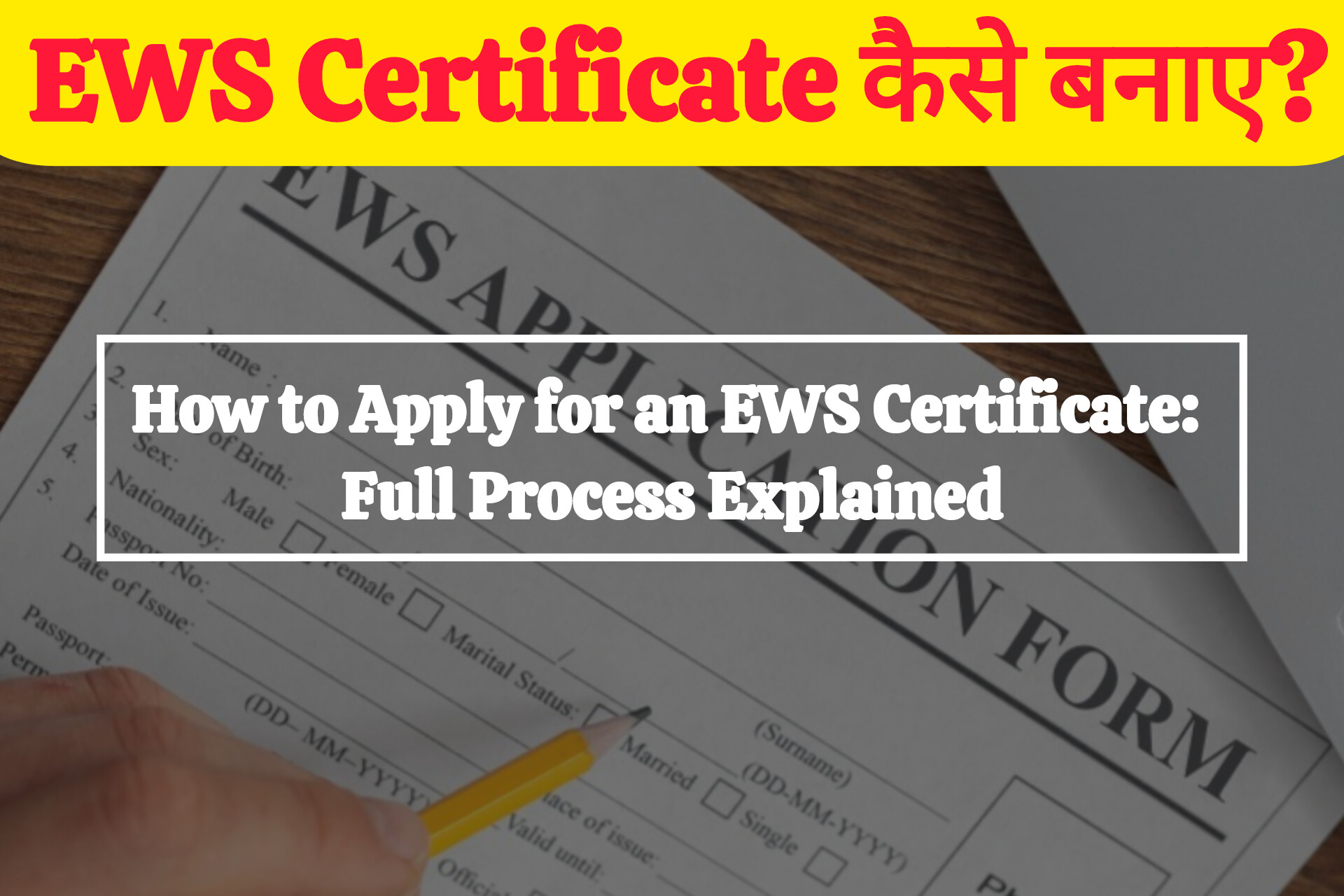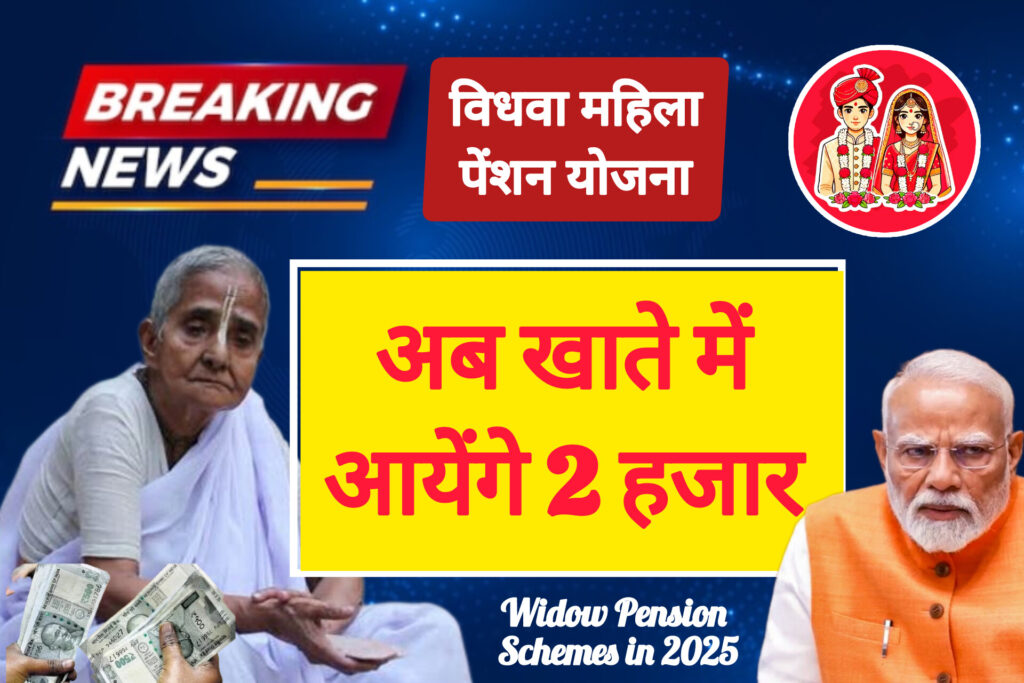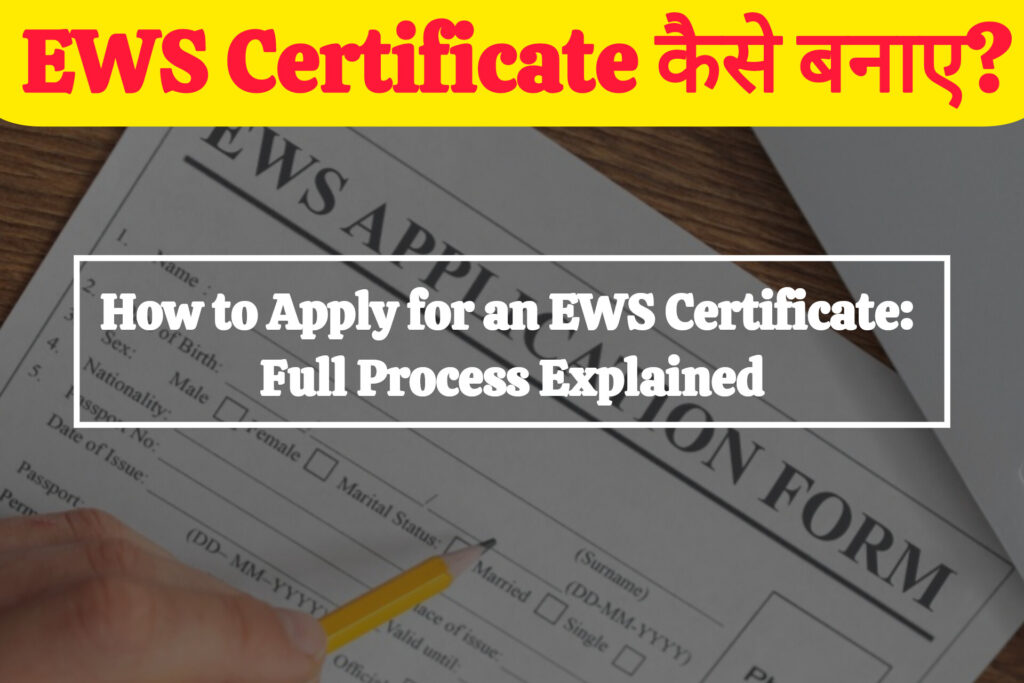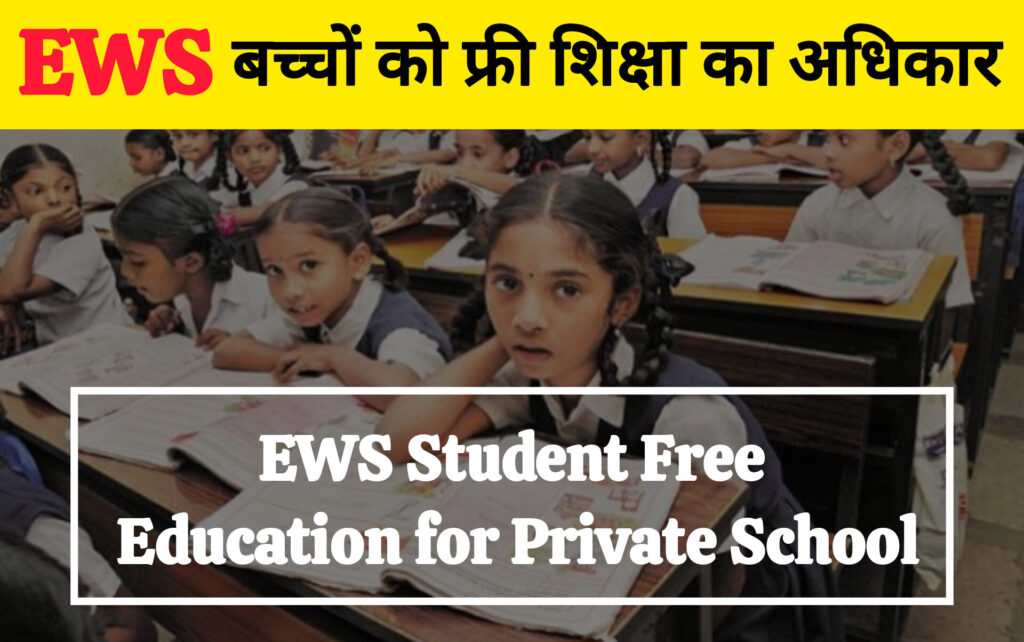I understand you’re asking about creating an EWS (Economically Weaker Section) card in India, as this is the most common interpretation of “EWS card” based on the context of government schemes and welfare programs. An EWS certificate is issued to individuals from the Economically Weaker Section to avail benefits like reservations in education and government jobs under the 10% EWS quota introduced by the Indian government. Below is a step-by-step guide with full details on how to obtain an EWS certificate. If you meant something else by “EWS card” (e.g., a specific state’s welfare scheme or another type of card), please clarify, and I’ll tailor the response accordingly.
Step-by-Step Guide to Obtaining an EWS Certificate in India
Step 1: Understand Eligibility Criteria
To qualify for an EWS certificate, you must meet the following criteria as per the Government of India’s guidelines:
- General Category: You must belong to the General category (not SC, ST, or OBC, as these categories have separate reservations).
- Income Limit: Your family’s annual income must be less than ₹8 lakh (including income from all sources like salary, agriculture, business, etc.).
- Family Definition: Family includes the applicant, their parents, siblings below 18 years, spouse, and children below 18 years.
- Asset Limits:
- Agricultural landholding less than 5 acres.
- Residential flat less than 1,000 square feet.
- Residential plot less than 100 square yards in notified municipalities or 200 square yards in non-notified areas.
- Indian Citizen: You must be a resident of India.
Note: Eligibility criteria may slightly vary by state, so check your state’s specific guidelines on their official portal or with local authorities.
Step 2: Gather Required Documents
You’ll need the following documents to apply for an EWS certificate. Ensure all documents are valid and up-to-date:
- Application Form: Obtain the EWS application form from your state’s revenue department, tehsil office, or download it from the state’s official e-governance portal (e.g., e-District portal or state-specific websites).
- Identity Proof:
- Aadhaar card
- PAN card
- Voter ID
- Passport (if available)
- Address Proof:
- Ration card
- Electricity bill
- Aadhaar card
- Voter ID
- Income Proof:
- Income certificate issued by a competent authority (e.g., Tehsildar, SDM, or equivalent).
- Salary slips (if employed).
- Income Tax Return (ITR) for the last 1–3 years.
- Bank statements (if required by the state).
- Asset Proof:
- Affidavit declaring ownership of assets (land, residential flat, or plot) within the permissible limits.
- Land records or property documents (if applicable).
- Caste/Category Proof:
- Self-declaration or affidavit stating you belong to the General category and are not covered under SC/ST/OBC reservations.
- Photograph: Recent passport-size photographs (usually 2–3).
- Other Documents (state-specific):
- Domicile certificate.
- Ration card copy.
- Affidavit for family income and assets (format may be provided by the state).
Tip: Check the exact document list on your state’s official website (e.g., for Haryana, visit hrylabour.gov.in; for Delhi, visit edistrict.delhigovt.nic.in). Some states may require attested copies by a gazetted officer.
Step 3: Obtain an Income and Asset Certificate
- The EWS certificate requires a valid Income and Asset Certificate issued by a competent authority (e.g., Tehsildar, Sub-Divisional Magistrate (SDM), or District Collector).
- Process:
- Visit the local Tehsil office, SDM office, or District Magistrate (DM) office.
- Submit an application for an Income and Asset Certificate along with:
- Income proof (ITR, salary slips, etc.).
- Asset declaration affidavit (detailing land, property, etc.).
- Identity and address proof.
- The authority may verify your income and assets through field inquiries or document scrutiny.
- Once verified, you’ll receive the Income and Asset Certificate, which is a prerequisite for the EWS certificate.
Processing Time: Typically 7–15 days, depending on the state and verification process.
Step 4: Apply for the EWS Certificate
You can apply for the EWS certificate through online or offline modes, depending on your state’s facilities.
Option 1: Online Application
- Visit the State’s E-Governance Portal:
- Examples: e-District portal (e.g., edistrict.delhigovt.nic.in for Delhi), hrylabour.gov.in for Haryana, or serviceonline.gov.in for central services.
- Search for “EWS Certificate” or “Income and Asset Certificate for EWS.”
- Register/Login:
- Create an account using your Aadhaar number, mobile number, or email ID.
- Log in to access the application form.
- Fill the Application Form:
- Enter personal details (name, address, family details).
- Provide income and asset details.
- Upload scanned copies of required documents (e.g., Aadhaar, income certificate, affidavit).
- Pay the Fee (if applicable):
- Some states charge a nominal fee (₹10–₹50) for processing.
- Pay online via net banking, UPI, or debit/credit card.
- Submit the Application:
- Review the details and submit the form.
- Note the application ID or acknowledgment number for tracking.
- Verification:
- The authorities may conduct a physical verification of your income and assets.
- You may be contacted for additional documents or clarifications.
- Download the Certificate:
- Once approved, the EWS certificate will be available for download on the portal or sent to your registered email.
Option 2: Offline Application
- Visit the Issuing Authority:
- Go to the Tehsil office, SDM office, District Collector’s office, or Common Service Centre (CSC) in your area.
- Obtain the Application Form:
- Collect the EWS certificate application form from the office or CSC.
- Alternatively, download it from the state’s official website and print it.
- Fill the Form:
- Provide accurate details about your identity, income, assets, and family.
- Attach self-attested copies of all required documents.
- Submit the Form:
- Submit the completed form and documents to the designated office or CSC.
- Pay any applicable fees (varies by state, usually ₹10–₹50).
- Verification Process:
- The authorities will verify your application through document checks or field visits.
- Collect the Certificate:
- Once approved, collect the EWS certificate from the office or CSC.
- Some states may deliver it via post or make it available online.
Processing Time: Typically 15–30 days, depending on the state and verification process.
Step 5: Track Application Status
- Online: Use the application ID to track the status on the e-governance portal.
- Offline: Contact the issuing authority (Tehsil/SDM office) or CSC with your application receipt.
- Some states provide SMS updates on the application status.
Step 6: Receive and Use the EWS Certificate
- Validity: The EWS certificate is usually valid for 1 year from the date of issue. Check state-specific rules, as some may have different validity periods.
- Uses:
- Apply for the 10% EWS quota in government jobs (e.g., UPSC, SSC, state PSC).
- Avail reservations in educational institutions (e.g., NEET, JEE, state universities).
- Access welfare schemes or subsidies (if applicable in your state).
- Renewal: Apply for a new certificate annually, following the same process, as income and asset details need re-verification.
State-Specific Variations
Since the EWS certificate is issued by state governments, the process and requirements may vary. Here are examples for a few states:
- Haryana:
- Apply via hrylabour.gov.in under “E-Services” → “Hry Labour Welfare Board.”
- Submit Aadhaar, income certificate, and asset affidavit.
- Verification by Tehsildar or SDM.
- Delhi:
- Apply through edistrict.delhigovt.nic.in.
- Requires Income and Asset Certificate from SDM.
- Fee: ₹10–₹25.
- Tamil Nadu:
- Apply at the local Tahsildar office or e-Sevai centres.
- Additional documents like ration card and salary slips may be required.
- Kerala:
- Apply through the Kerala Labour Welfare Fund Board or Akshaya centres.
- Requires income proof and asset declaration.
Recommendation: Visit your state’s labour or revenue department website for precise instructions or contact the local Tehsil/SDM office.
Additional Tips
- Accuracy: Ensure all details in the application and documents are accurate to avoid rejection.
- CSC Centres: If you face issues with online portals, visit a nearby Common Service Centre (CSC) for assistance.
- Verification Delays: Follow up with the issuing authority if the process takes longer than expected.
- Fraud Prevention: Avoid agents promising quick certificates; apply through official channels to prevent fraud.
- Helplines: Use state-specific helplines (e.g., Haryana: 1800-180-4818) or the National Government Service Portal (services.india.gov.in) for queries.
If You Meant a Different “EWS Card”
If you were referring to a specific Employee Welfare Scheme card (e.g., a state-specific labour welfare card like the Labour Welfare Fund card or a construction worker welfare card), please provide more details, such as:
- The state or region you’re referring to.
- The specific scheme (e.g., Haryana Labour Welfare Board, Tamil Nadu Labour Welfare Fund).
- Whether it’s for a particular industry (e.g., construction, factory workers).
For example:
- Haryana Labour Welfare Board issues benefits under the Punjab Labour Welfare Fund Act, 1965, for workers contributing to the fund. Registration involves submitting Aadhaar, salary slips, and LWF contribution receipts at hrylabour.gov.in.
- Tamil Nadu Labour Welfare Board requires documents like Aadhaar, ration card, and LWF contribution receipts for schemes like marriage assistance or scholarships.
If you need more specific guidance or have additional details (e.g., your state, industry, or scheme name), let me know, and I’ll provide a tailored response. If you’d like me to generate a visual guide (e.g., a flowchart for the process), please confirm!









